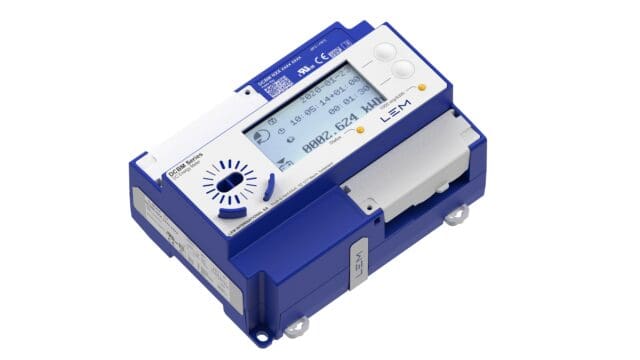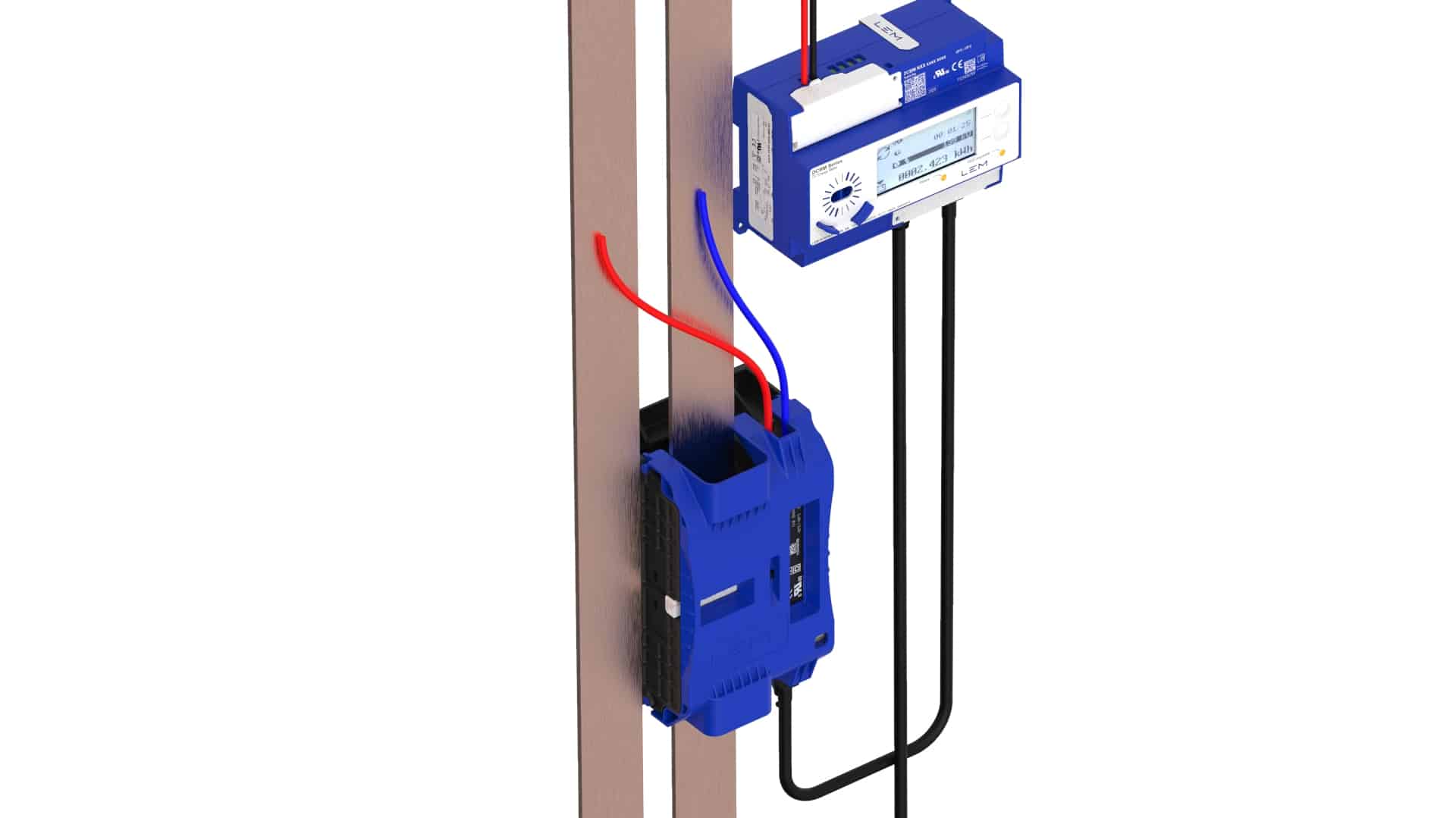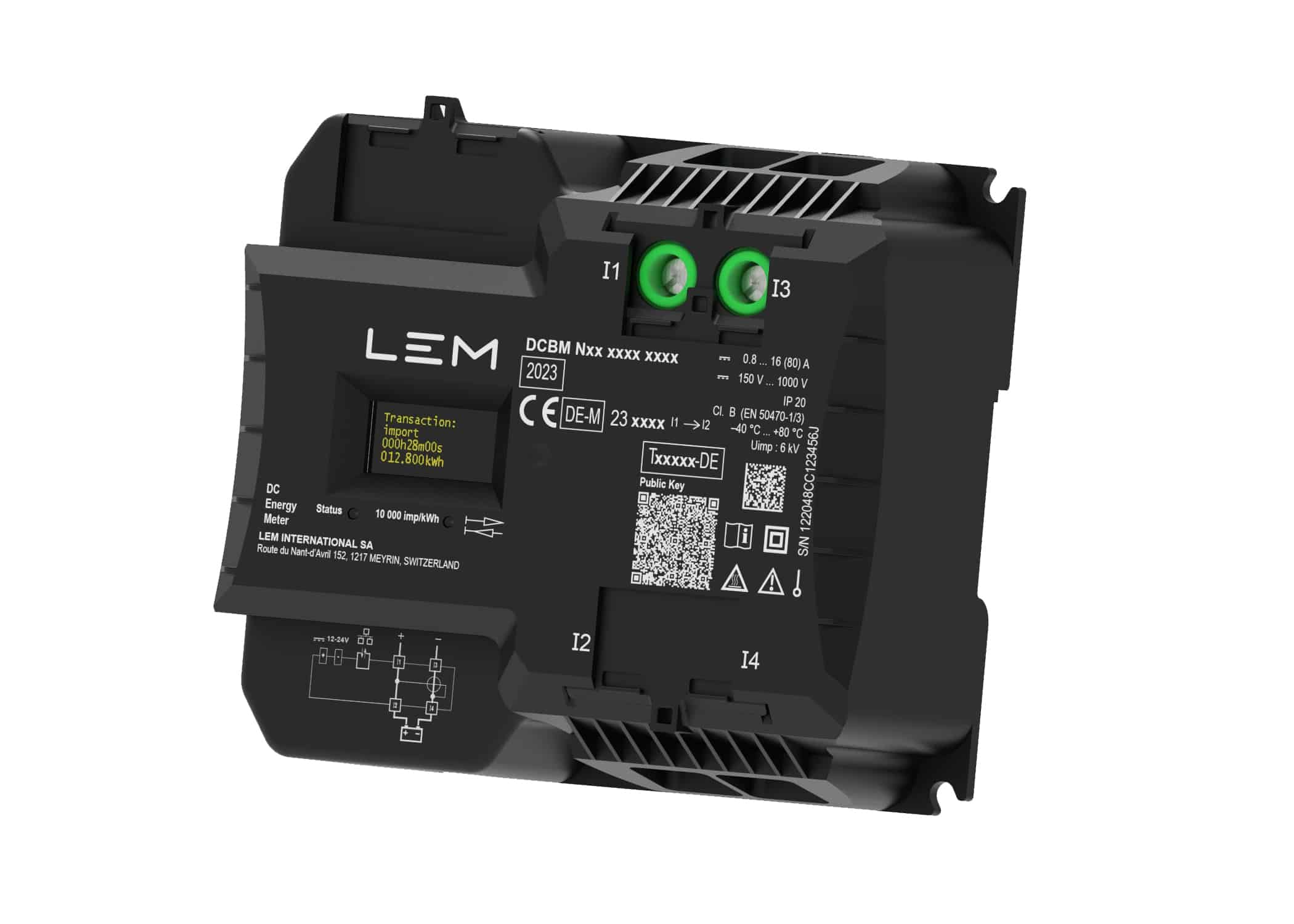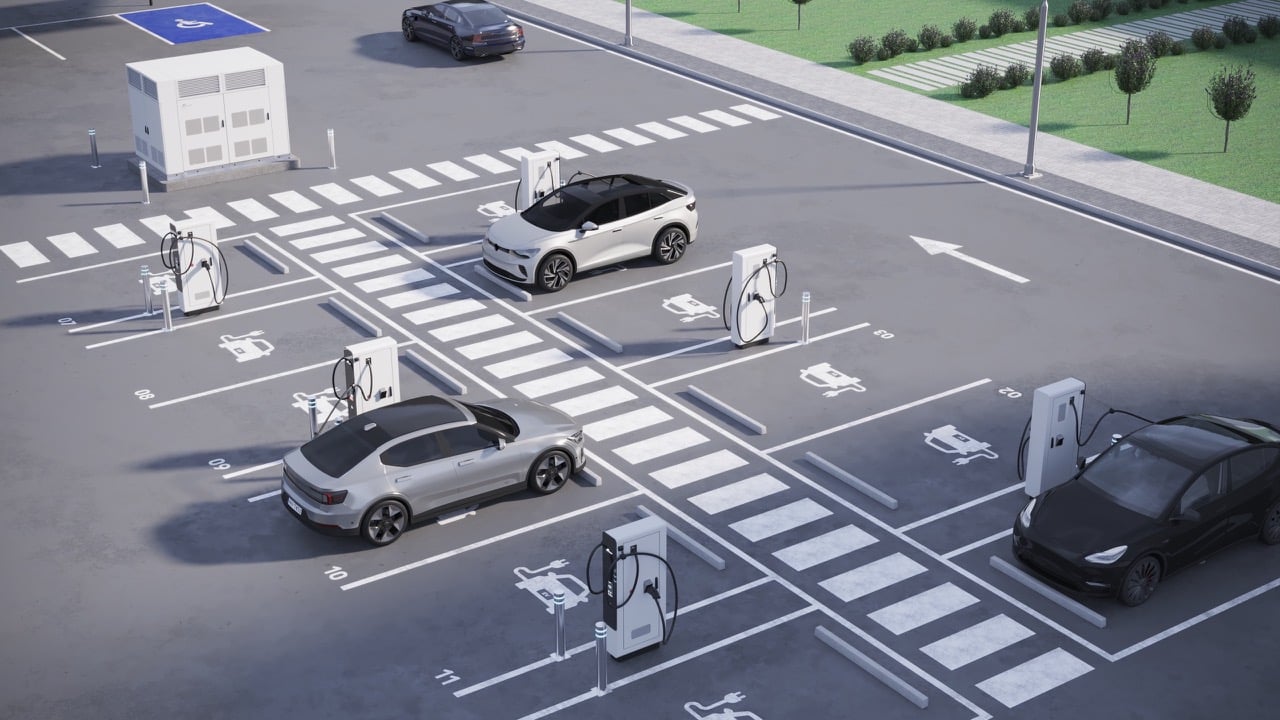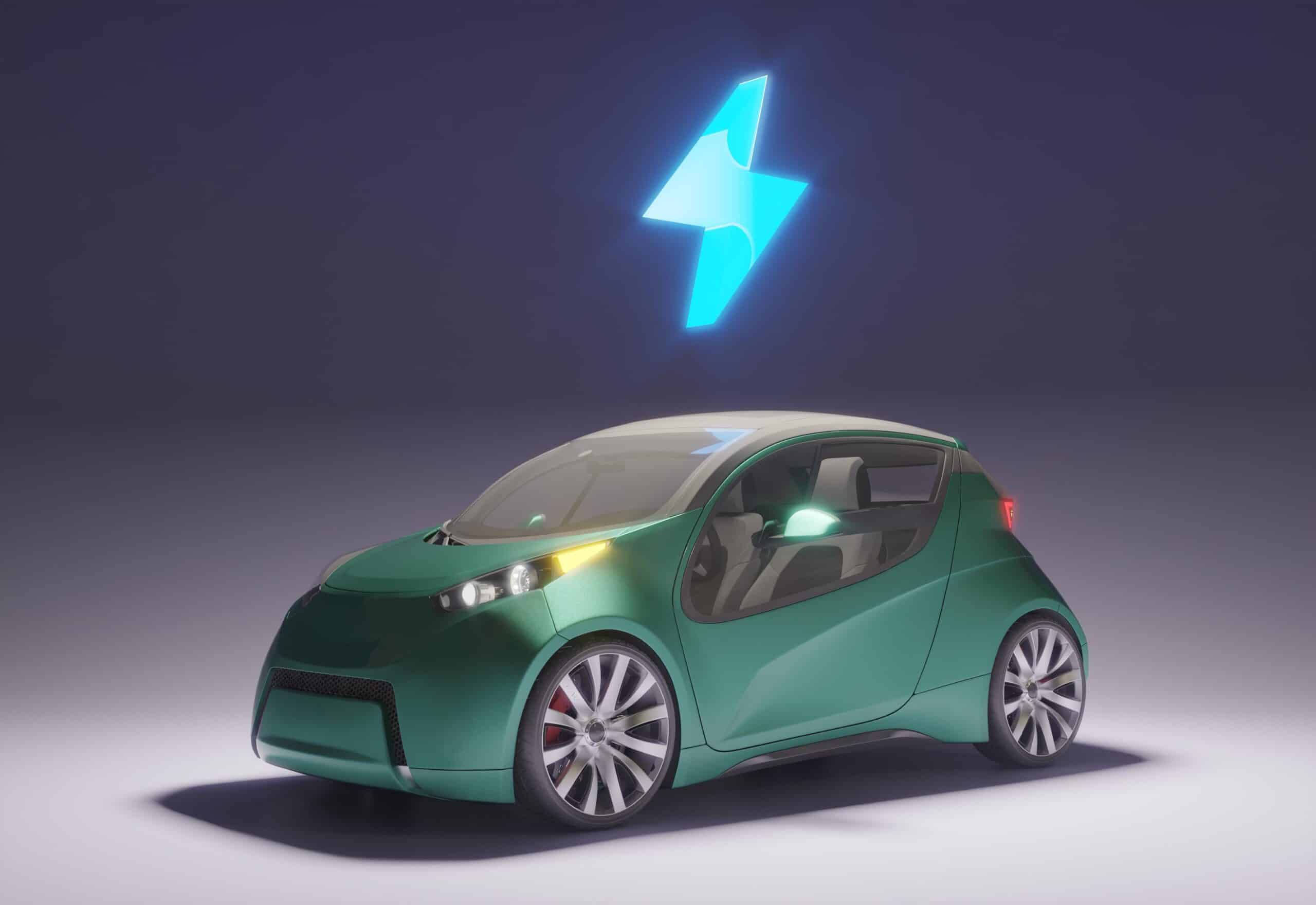Author Mathieu Begin, Global Product Manager of LEM
US Certified DCBM 400/600 Meter Takes EV Fast Charging to Another Level
Transport accounted for more than 20% of global CO emissions2 in 2020 and 17% of all greenhouse gas emissions (according to Statista), so decarbonization is essential in this sector. However, the enormous challenge facing those who work in the transport market, and in particular the suppliers, is to facilitate greater use of electric vehicles (EVs) and offer end users a similar experience to that of a gas station. Their adoption will only increase in line with global plans if the shift to EVs is made as smooth and gradual as possible.
Deloitte predicts that by 2030 more than 30 million EVs will be sold worldwide and the US will account for 14% of the global EV market (Europe 27% and China 49%). However, while advances in battery technology continue to take place within this sector, there is one major factor holding back its expansion: the availability of a powerful charging infrastructure. Charging stations must not only be easily accessible but must also be able to charge vehicles in the shortest possible time and allow EVs to travel the maximum distance between “refuellings”.
Another issue is how they can ensure charging infrastructure developers that users are charged fairly and accurately. In other words, charging stations must be numerous, fast, reliable, safe, economical and intelligent.
High-tech energy meters
LEM is working to make all this possible and has been supplying components for electric vehicle charging stations (ECVE) across Europe since 2020. The company currently actively supports key players in the transport sector. supplying them with high-tech energy meters that will allow them to expand the EV charging infrastructure in North America and meet the demand.
There are two main methods of powering an EV: alternating current (AC) chargers and direct current (DC) chargers. AC chargers, also called Mode 3 (Level 2) chargers, are the most common charging solution on the market and allow a vehicle to be charged directly through a conventional household power outlet or a charging unit based on community. Among the advantages of AC charging technology are its affordable price (due to its less complex electrical architecture), small size, and portability. However, it also has drawbacks such as its limitations in the power delivered as AC chargers can only provide between 3,7kW and 44kW, and the charging power is limited by the power of the conversion that takes place in the charger to board
(on-board charger, OBC) of the EV. Since EV batteries have to be charged with DC current, an AC/DC inverter needs to be installed in all vehicles to perform the necessary conversion and this can mean EV charging times are anywhere from 2 to 12 hours.
This is not the case with DC chargers, also called Mode 4 (Level 3) or DC Fast Charging (DCFC) devices. Supplying 600V with a maximum current of 400A, DC chargers offer the advantage of converting AC from the grid to DC before delivering it to the EV, which means that the battery can be charged directly, OBC is avoided and the inverter is no longer necessary. The DCFC works with powers from 25kW to more than 350kW, so the EV charging session can be reduced to as little as 15 minutes. However, although this method can increase charging power up to 400kW, the conversion stage generates power losses that are not paid for by the end user.
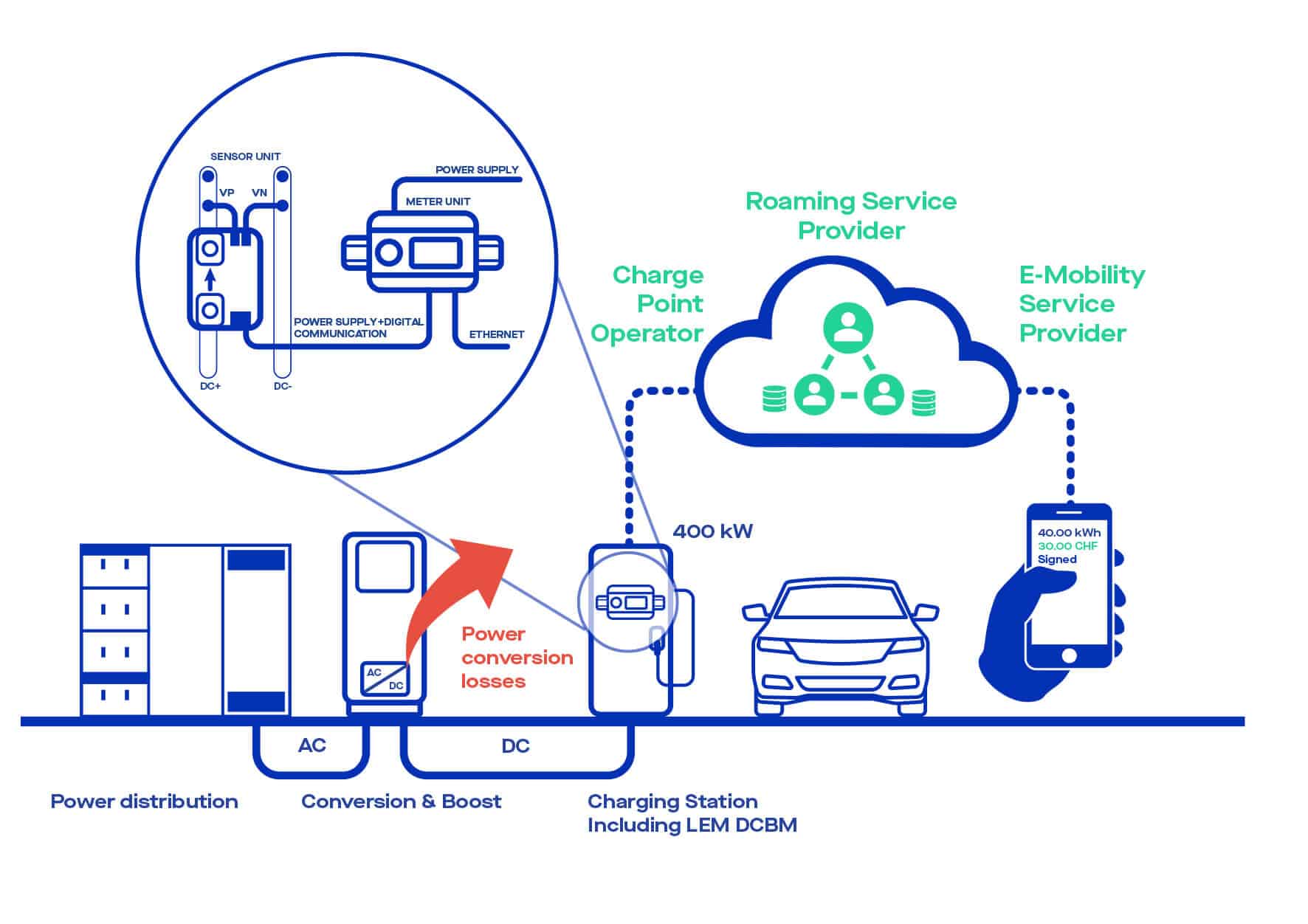
Accurate and fair energy billing
How can EVCS providers ensure that the billing of DC chargers has been carried out with appropriate accuracy? The answer is to use an electric meter after the conversion stage that will monitor the exact amount of energy that is transferred to the EV and that will allow correct DC billing.
The solution developed by LEM, a company specialized in energy measurement for 50 years and a pioneer in advanced meters for charging infrastructures, is the intelligent and compact DCBM (Direct Current Billing Meter) contactor, a plug-and-play solution whose design is they have taken into account data security, electromobility, digitization and flexibility.
The DCBM 400/600 is the newest model and has been created to help those responsible for the operation and modernization of EV charging stations to take advantage of DC fast charging, it offers a power measurement range of 25kW to 600kW and an LCD screen that shows real-time measurements, energy, alarms and legal data. Compliant with all applicable meter regulations and using standardized data protocols, the meter ensures secure communications, authentic billing, easy connectivity to cloud services, and a faster certification process in compliance with metrology regulations.
The UL certification for the new DCBM makes it a UL accredited component for Canada and the United States (certification is in the FTRZ category for EV applications). Like all sensors sold by LEM in the US market, to earn this certification the DCBM had to pass a rigorous inspection focused on electrical safety and demonstrate operation at ambient temperatures up to 70°C (158°F). The DCBM is accurate and correct over a temperature range of -40°C to +85°C (-40°F to +185°F).
UL certification is a guarantee for ECVE manufacturers
More specifically, the meter was subjected to a series of evaluations and tests related to the well-known UL 61010 and UL 810 standards, including reinforced insulation tests, temperature tests of all its components and sub-assemblies, verification of protection against electric shock, durability of marking tests, tests of equipment temperature limits and tests of resistance against the risk of heat / fire.
For ECVE manufacturers in the North American market, UL certification reaffirms the viability of DCBM and simplifies the process of qualifying your own charging station according to UL certification, thereby accelerating the time-to-market of your equipment. For greater peace of mind, the accountant is subjected to a new inspection on a quarterly basis.
An important feature of the DCBM is its excellent quality construction. Although thousands of meters have already been installed in the European ECVE market in recent years, where the product is Module B and D certified, no problem has been reported. In fact, customers have indicated that the device's two-piece architecture makes installation quick and easy, even when retrofitting existing EV charging stations. Integration is easier, they say, thanks to the device's true plug-and-play design.
Easy to deploy and integrate
The DCBM 400/600 is certainly a product for the 400st century, with advanced connectivity thanks to its Ethernet communication capability. Its compatibility with the HTTP/REST protocol and NTP (Network Time Protocol) synchronization simplify the deployment and integration of the device in charging stations of a wide variety of types. It can also be used in long-term applications as the DCBM 600/2 is bi-directional, which ensures its compatibility with V2G (vehicle-to-grid) and V15118X (vehicle-to-everything) according to ISO XNUMX.
In addition to offering full billing data transparency to users, the LEM meter for ECVE integrates billing data sets signed according to the OCMF (Open Charge Metering Format) protocol. OCMF allows billing data to be handled with an extremely high level of security and full interoperability for cloud service operators that use the OCPP (Open Charge Point Protocol) format. Although not widely adopted in the US, OCPP is an important application protocol for communications between an ECVE and a central management system.
Other features of the DCBM 400/600 are a data transmission cable available between 30cm and 3,5m, with an operating range of 150V DC to 1000V DC, wide and robust current terminals compatible with busbars, a range of power supply auxiliary from +12V DC to +48V DC, 35mm DIN rail and screw mounting, as well as an IP20 protected housing.
While it is good news that products like LEM's DCBM 400/600 go a long way in increasing EV adoption by improving access to fast-charging devices, the market needs to put in substantial efforts to ensure that growth in this sector do not give up after seven years of expansion. Deloitte points out in its analysis of the EV market: "Beyond 2030, one of the main factors for growth to be sustained will be the implementation of the appropriate charging infrastructure." LEM is aware of this and works closely with ECVE manufacturers to keep stepping on the accelerator when progress is most needed.


